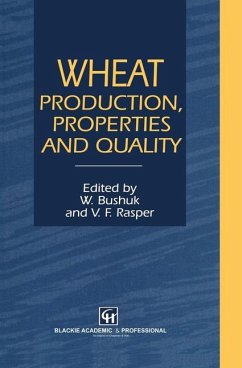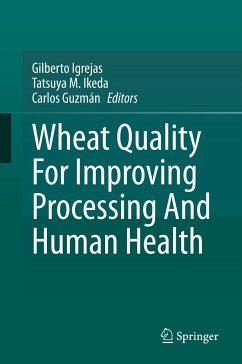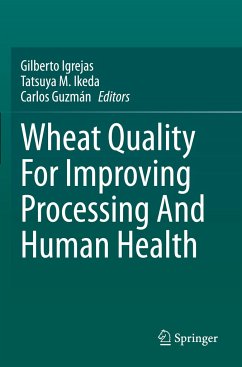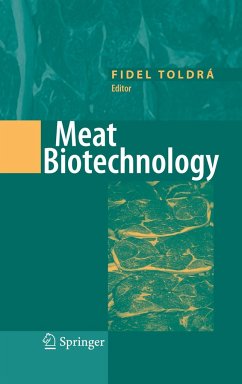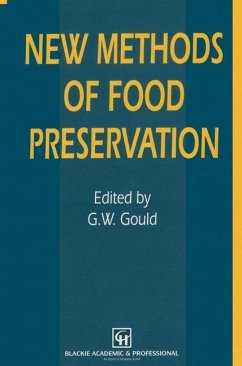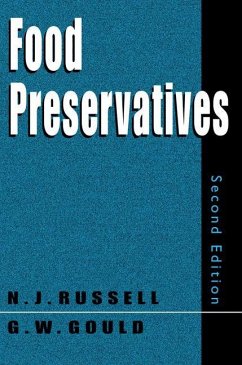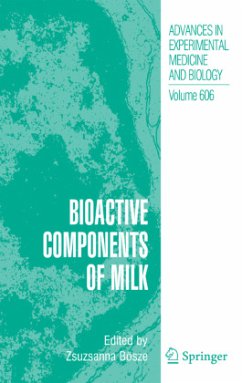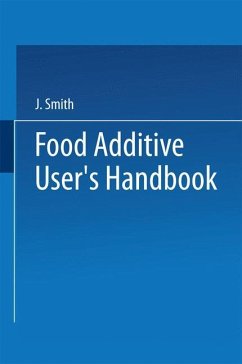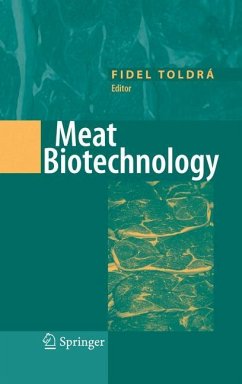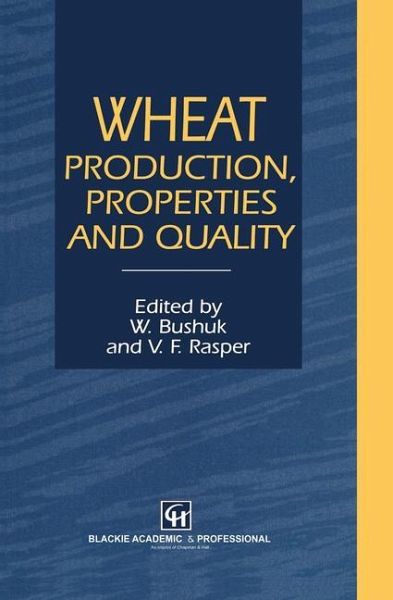
Wheat
Production, Properties and Quality

PAYBACK Punkte
57 °P sammeln!
Wheat provides over 20% of the calories for the world population of 5. 3 billion persons. It is widely grown in five of the six continents. It is a highly versatile food product in that it can be stored safely for long periods of time and transported in bulk over long distances. In relative terms, it is reasonably priced; over the past quarter century, the inflation-adjusted price of wheat has been declining. Modern milling and baking technology required for the transformation of wheat grain into consumable baked products is available or accessible in all countries of the world. For these reas...
Wheat provides over 20% of the calories for the world population of 5. 3 billion persons. It is widely grown in five of the six continents. It is a highly versatile food product in that it can be stored safely for long periods of time and transported in bulk over long distances. In relative terms, it is reasonably priced; over the past quarter century, the inflation-adjusted price of wheat has been declining. Modern milling and baking technology required for the transformation of wheat grain into consumable baked products is available or accessible in all countries of the world. For these reasons, and because Canada is one of world's leading wheat producing countries, it seemed appropriate to include a major symposium on wheat in the scientific and technical program of the 8th World Congress of Food Science and Technology held in Toronto, Canada during September 29-0ctober 4, 1992. In selecting the topics for the symposium on wheat, we attempted to cover a full range of subjects including economics and marketing, nutrition, grading, processing, constituent chemistry and functionality, biote- nology, and safety of genetically modified wheat varieties. The major focus was on common hard (bread) wheats; separate papers were devoted to the unique characteristics and technological properties of common soft (biscuit) and durum (pasta) wheats. Each paper was presented by an acknowledged international expert. This book provides a more permanent record of the papers presented at the symposium.



